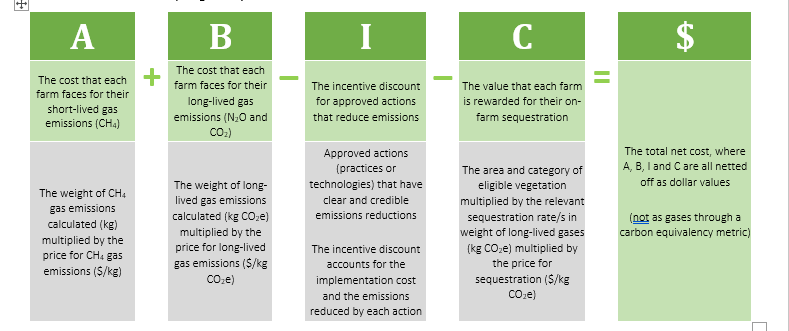Farmers are telling us they want to know what agricultural emissions pricing could mean for their businesses. While the Government has yet to make a decision on the system and prices, B+LNZ is working on guidance on how to estimate potential costs using existing tools.

c

The partnership is recommending the development of a calculator that farmers can use to calculate their emissions, sequestration and incentives. The objective is that this calculator will be integrated with existing systems like Overseer and FARMAX, so that farmers only have to enter their data once and can use platforms that they are familiar with.
“In parallel to B+LNZ’s work on He Waka Eke Noa, we’re also pushing hard for science-based emissions reductions targets. We don’t believe the current methane targets are justified based on the latest international science about methane’s warming impact and we’ll continue to advocate – along with DairyNZ, Federated Farmers and others – for the Government to report on warming as well as emissions and for the use of better metrics such as GWP* for setting targets,” says Sam.